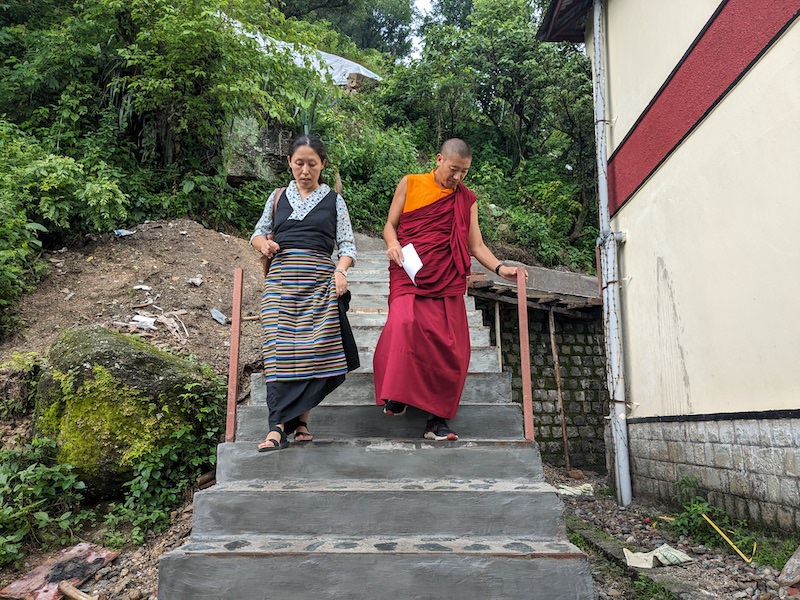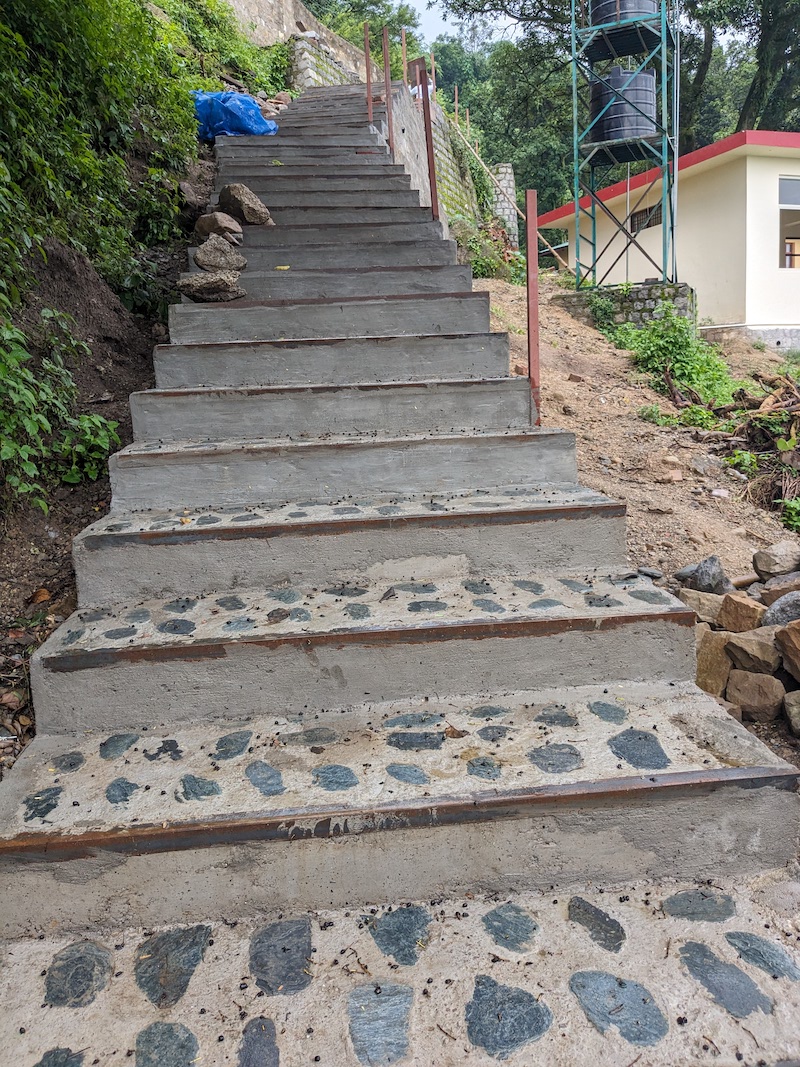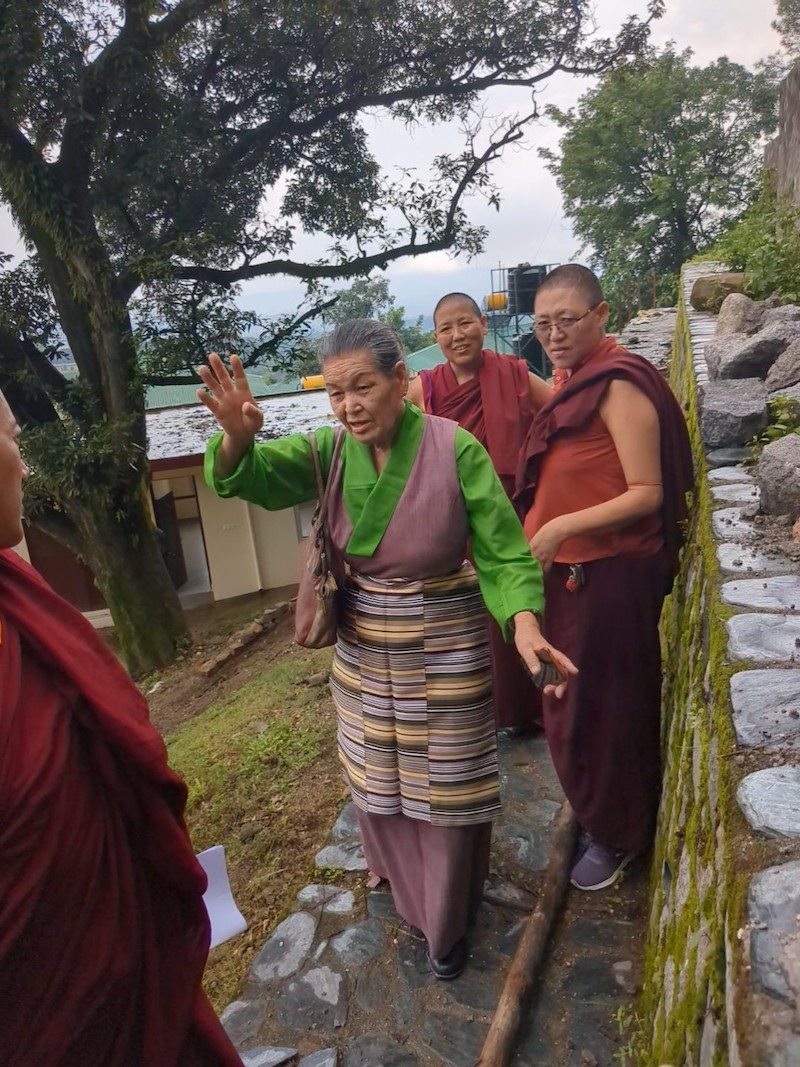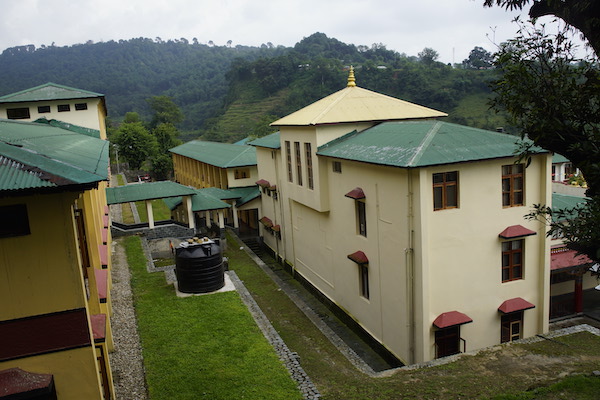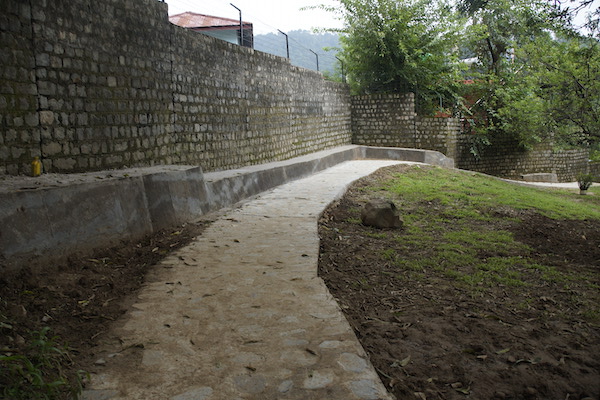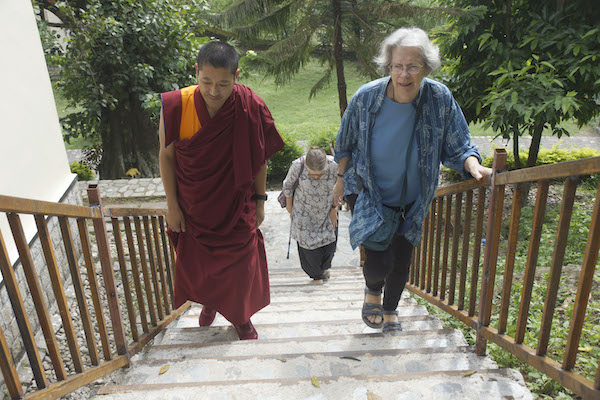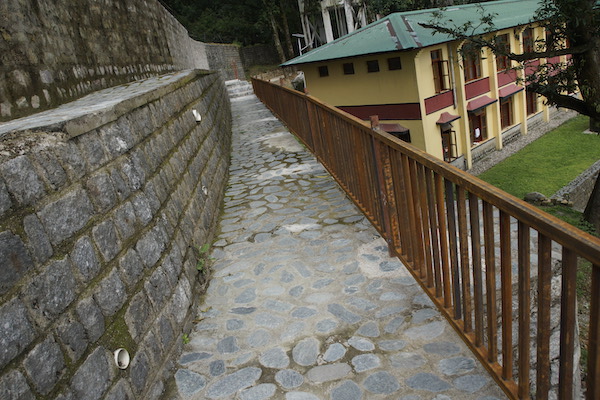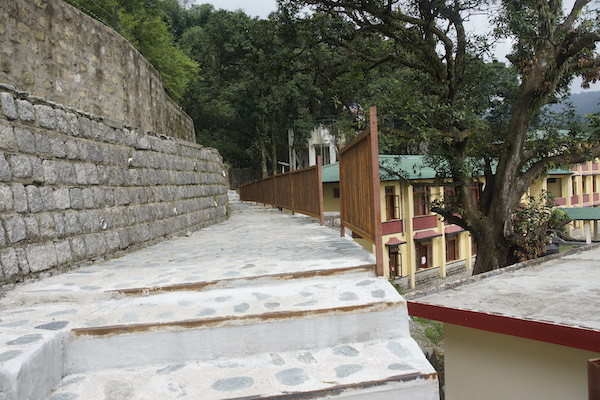Jalene Szuba joined the Tibetan Nuns Project board of directors in June 2024. A supporter of Tibetan Buddhist nuns for over half her life, she has also left a portion of her estate to the Tibetan Nuns Project to create a legacy of a kinder world. Read her story and see the extended trailer of her film about the nuns.

Jalene Szuba is a board-certified health coach helping busy professionals master their sleep for better health. She lives in Colorado with her life love Evan and their boxer Gus.
How did you first get involved with the nuns and the Tibetan Nuns Project?
In 1996, I met the photographer, Jessica Tampas, who was involved with the Tibetan resettlement program in Chicago and we hit it off. I was interested in the Tibetan situation and was longing to visit the Tibetan refugees in India.
Jessica invited me to join her on a trip to Dharamsala in 1997 to photograph the Tibetan nuns and the Tibetan Children’s Village. I was a film major and brought my video camera to capture footage of both. I edited a few pieces when I returned to show at an exhibition Jessica had organized to raise awareness and funds for the Tibetan Nuns Project and the Tibetan Children’s Village.

Jalene (top left) with Tibetan refugee nuns in 1997. She shared, “I’ve always been an advocate for female equality and empowerment so it just made sense to support an organization that was making sure these women had the same education and opportunities as the monks.”
What is it about the Tibetan Nuns Project’s mission and work that speaks to you?
When I first met the nuns in 1997 and learned about the mission of the Tibetan Nuns Project I was struck by how historic it was. This was something that had never happened — the nuns getting a formal education with the goal of attaining higher degrees.
I was also struck by how much they had accomplished in just 10 years. I felt honored to capture the nuns as they physically carried the rocks and built Dolma Ling Nunnery with their own bare hands. I’ve always been an advocate for female equality and empowerment so it just made sense to support an organization that was making sure these women had the same education and opportunities as the monks.

In 1997, Jalene filmed the nuns building Dolma Ling Nunnery and Institute. The nunnery is now home to over 250 nuns and is fully supported by the Tibetan Nuns Project. Photo by Jessica Tampas.
Why is this cause important?
Women give so much to the world. They deserve every opportunity as men but they also need to be educated to have confidence, respect, and opportunities. The Tibetan Nuns Project provides the education and resources for these monastic women to go out into the world and help make it a kinder place. I also believe that having women educated in Buddhism brings a new perspective to what was once a male-dominated arena.
You’ve included a legacy gift in your will to the Tibetan Nuns Project. What led you to that decision?
I’ve been supporting the organization in various ways for 27 years, that’s half my lifetime, so it made sense to me to include the Tibetan Nuns Project in my will.

“A legacy gift is important to me because I want to ensure the nuns are supported so they can carry out their mission and my ultimate goal of having a kinder world.” Jalene has returned to India many times to document the nuns’ progress. Here she is in 2017 with the Dolma Ling Media Nuns, Venerable Delek Yangdron and Venerable Delek Yangchen.
Was it difficult to include a charitable gift in your will?
Not at all. In fact, my lawyer asked me if I had any organizations I wanted to leave a legacy gift for. I opted to make it a percentage of my estate so that it won’t matter how much or how little I have, the Tibetan Nuns Project will still get something.
Why is a legacy gift important to you?
I want to ensure the nuns are supported so they can carry out their mission and my ultimate goal of having a kinder world. If my gift down the road can help make sure that happens, then it’s the least I can do. I want to know that I’ve created a legacy of my own.
Here is an 8-minute trailer of Jalene’s film Quiet Strength that tells the story of three Tibetan nuns and the historic education that converted their suffering into strength, their exile into opportunity, and their learning into transforming their lives.
What do you wish other people knew about the Tibetan Nuns Project?
It’s important to know the history, that nuns before exile did not have educational opportunities equal to men in Tibet. It was a different time and one positive that came out of their exiled situation is now there are nunneries and a formal education system for them. Now the nuns have this historic opportunity and they are making the most of it.

“I’ve been supporting the organization in various ways for 27 years, that’s half my lifetime, so it made sense to me to include the Tibetan Nuns Project in my will.”
Can you tell us about a personal experience with the nuns that is special to you?
I was fortunate enough to spend six weeks living in the guest house at Dolma Ling. I got to experience the nuns’ day-to-day life and a few things struck me. First, their dedication to their studies is impressive. They get up early for prayers, attend classes all day, do chores, and study. It is a full day but you never hear them complain. They are so grateful for the opportunity and are willing to do whatever it takes to succeed. There is a strong sense of self-pride and pride in the Tibetan culture.
The other thing that struck me was their support of each other. They ask each other for help in shaving their heads, they help each other study. They really want their fellow nuns to succeed. There is an air of support not competition at the nunneries. All for one and one for all is felt.
Are you interested in leaving a Legacy of Compassion?
Jalene used a lawyer to draft her will but there are also free online services. If you are interested in leaving a legacy to help the Tibetan Buddhist nuns, please contact us at info@tnp.org and and visit our legacy page here. Our legal name and address is Tibetan Nuns Project, 815 Seattle Blvd. S. #418, Seattle, WA 98134 USA Ph: 206-652-8901 Email: info@tnp.org Web: tnp.org Tax ID number (US) 68-0327175
If you have already included a gift in your will to the Tibetan Nuns Project, please let us know and we will send you an 8×10 print of Brian Harris’s iconic “Laughing Nuns” photo that he has generously given for legacy donors. See the photo and learn more here.

